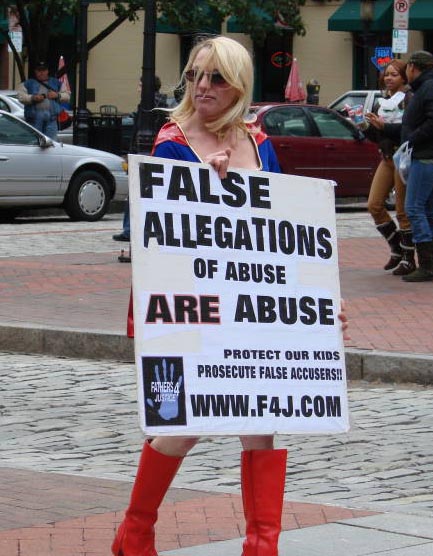In reality, any likelihood of a “successful conviction” comes not from “real” evidence but from the fact that there is now not a jury in the land that will not convict the defendant in a case of alleged sexual abuse, particularly if the alleged victim was a child at the time of the alleged offence.
In cases of sexual abuse allegedly involving children, senior barristers and even some judges now privately admit that it has become impossible to mount an effective defence in such cases. Juries today convict on emotion rather than fact because there is no evidence other that the word of the accuser.
The police and CPS said in the case of Jimmy Savile that “…where so many people who do not know each other all say the same thing, it must be true.”
In fact, if one reads the report into Savile presented by the police and the NSPCC, it is nothing more than a list of accusations; there is no proof or evidence present at all.
In any event, this absurd statement by the police misses the point entirely.
Any reasonable person can see that, given the amount of information that was in the public domain (especially the tabloids), anyone with an agenda could have simply copied any of the well-publicised statements and gone to the police claiming to be a ‘victim’; no doubt with their bank account number in hand.
This practice of using ‘patterns of behaviour’ as supposed proof of wrongdoing is known as ‘Similar Fact Evidence’, a nasty piece of Law dreamt up in the 1980s in order to convict people of serious sexual offences where no real evidence otherwise exists.
‘Similar Fact Evidence’ is in reality probably more responsible for innocent people being sent to jail for alleged sexual offences than anything else.
That innocent people are often sent to jail is not disputed. The government itself has previously stated in Parliament it estimates up to 10,000 of those in jail – about 11% – are probably innocent.






